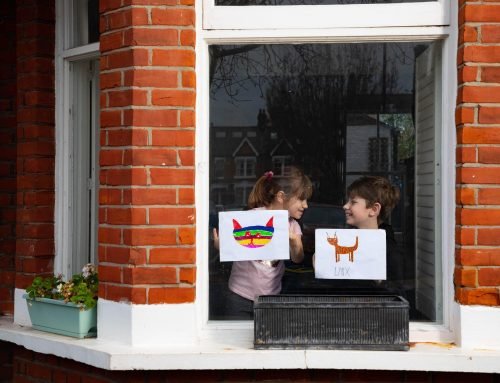Nine Iranian Artists in London: THE SPARK IS YOU exhibition highlights the vital importance of open dialogue towards developing greater understanding between all nations. Particularly in today’s tumultuous and uncertain times, these themes are timely and informative in ways that we hope will further engender curiosity, understanding and appreciation of other cultures and stimulate ever more conversations.
The exhibition runs concurrently with THE SPARK IS YOU: Parasol unit in Venice, which also presents the work of nine Iranian artists, some of who also have pieces in this London presentation that continues significant themes of exchange and dialogue.
About some of the artists the exhibition features:
The enigmatic and at times disconcerting works by Koushna Navabi explore aspects of identity and alienation. Untitled (Tree Trunk), 2017, represents a dismembered female body. Hewn from a section of tree trunk and suspended from a metal wire, it has a gaping hole where the heart should be. The truncated limbs and lower body are left bare and rough but its head and upper torso are covered in a hand-woven Persian kilim, a richly decorative form of textile dating back to the fifth-century bce, giving it an element of the domestic and familiar. Despite this symbolic sense of ‘home’, the work seems to embody a sense of severance, the pain of exile.
Ghazaleh Hedayat explores the senses, particularly of sight and touch, and often with a focus on silence. In her photographic series (un)threading, 2018, Hedayat scratches delicate lines into the surface of C-print photographs that depict the back of her own head and shoulders. It is as if this symbolic extension beyond the physical body unveils a deeper representation of the self. In the series The Strand and the String, 2008–2018, Hedayat forms a grid with linen thread on square pieces of white canvas, then weaves human hair into the lines of the grid, binding together layers of representation and identity.
The single-channel video Flight, 2008, by Morteza Ahmadvand features blurred images of a solitary bird attempting to escape from a confined space. With each futile effort to flee, images of the bird’s flapping wings accumulate to record a ghostly white memory of its flight, like an abstracted reflection on the reality of living under constant restraint. His newly commissioned work Cradle of Religions, 2019, has three identical metal balls suspended side-by-side, each with a different Abrahamic symbol fixed above the supporting wires. The work follows conceptually Newton’s Cradle theory that momentum and energy can be conserved.






Leave A Comment